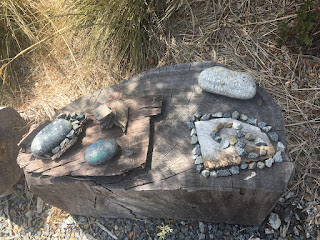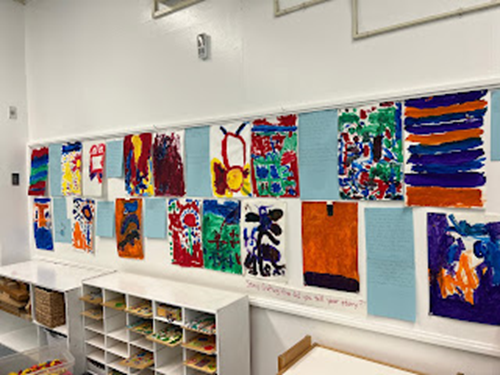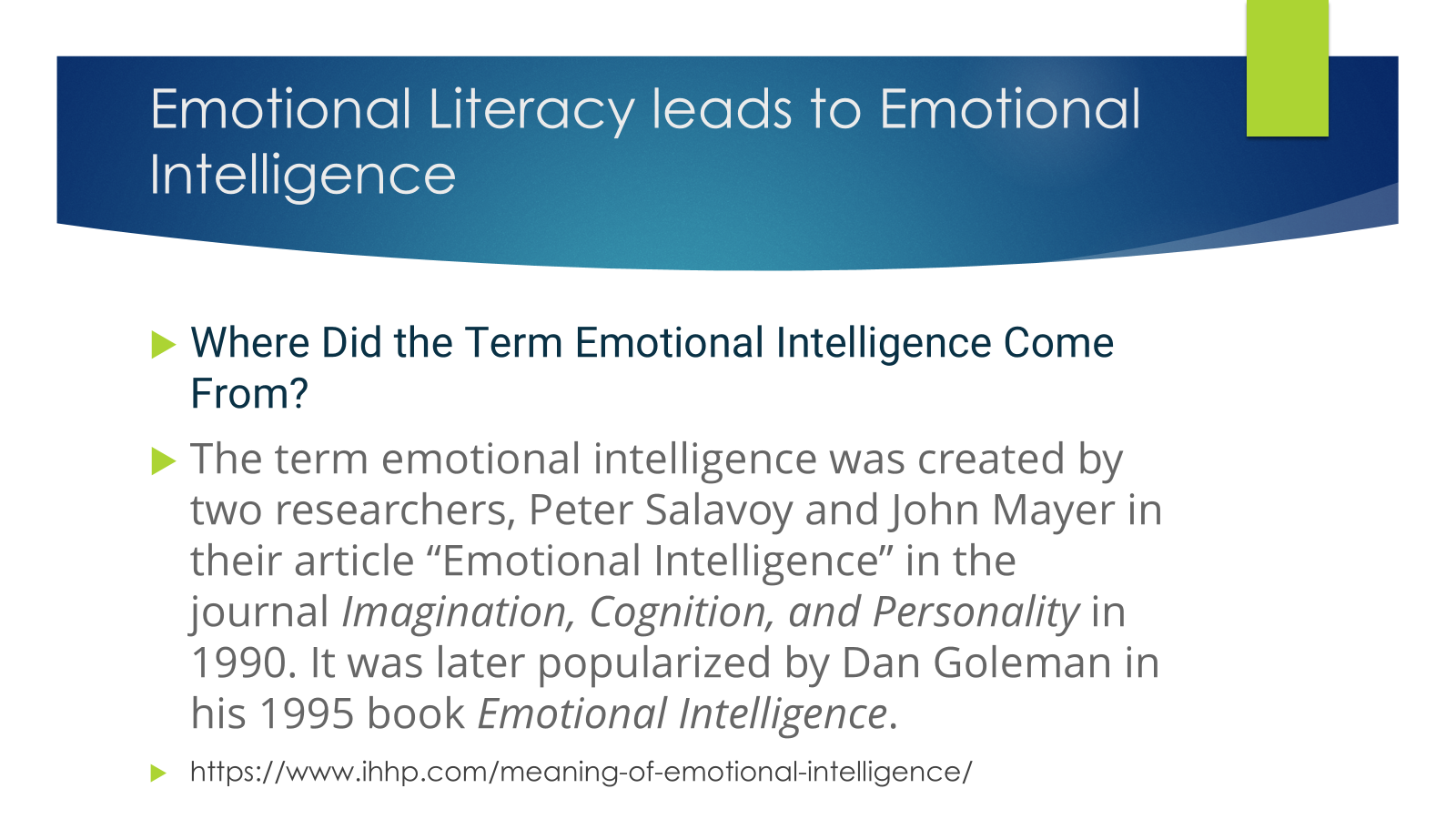In this exploration of Using Picture Books to Help Children Understand Our Diverse World, let me begin with a quote that many of us are familiar with:
“Books are sometimes windows, offering views of worlds that may be real or imagined, familiar or strange. These windows are also sliding glass doors, and readers have only to walk through in imagination to become part of whatever world has been created and recreated by the author. When lighting conditions are just right, however, a window can also be a mirror. Literature transforms human experience and reflects it back to us, and in that reflection, we can see our own lives and experiences as part of the larger human experience. Reading, then, becomes a means of self-affirmation, and readers often seek their mirrors in books. (1990, p. ix)” Dr. Rudine Sims Bishop, Professor Emerita of Education at Ohio State University and a pioneer in multicultural children’s literature research.
My picture book Egyptian Lullaby was released in April 2023. I wrote Egyptian Lullaby to normalize Arab culture because Hollywood and the media had done such a bang-up job of demonizing Arabs.
I often present at teacher’s conferences on Using Picture Books to Decenter White Culture and Re-center Diversity. When I present, I ask teachers to evaluate their classroom libraries. I invite them to:Identify their 10 favorite picture books that they read to their class every year. Who are the protagonists? What percentage of the picture books have non-white or Black, Indigenous, People of Color (BIPOC) protagonists? What percentage have animal protagonists that tell their story through a white/dominant culture lens? What percentage have white protagonists?
After we explore teacher’s choices, we look specifically at context so I ask:
Of the picture books that they read to their class each year, featuring BIPOC protagonists…What percentage highlight universal themes i.e. human experiences, friendship or family relationships? What percentage focus on the struggle, trauma, resistance, or resilience of BIPOC people? What percentage are about culture as expressed through food, holidays, traditions or rituals?
The hope is that their libraries become more balanced, showing BIPOC people as whole people living rich and full lives.
I know that my fellow teachers as well as myself, come to our classes with internal biases. It is impossible to not. When we examine the picture books we read to young students, we have a better chance of not reinforcing stereotypes and assumptions which are transferred subtly. If we consciously shift the way we center marginalized cultures and not reinforce the dominant culture, we have the power to normalize true diversity and create a lens through which children see a world where many different peoples and cultures live equitably. In addition to racial equity, we must value all stories that include LGBTQIA protagonists, main characters with disabilities, stories that honor gender in all its forms and non-binary characters, as well as stories that look at the patriarchal system, etc.
It is imperative that children not in the dominant culture, see themselves in books. If they don’t, they develop without understanding their value. They miss the opportunity to connect with their true, authentic selves. They grow lacking the understanding of who they are and who they will become in the world. And they move through a world where they don’t belong. Because preschool and primary school teachers use picture books to introduce and teach content to our younger students, access to children’s books that center currently marginalized voices make a profound difference. It creates an awareness where young students belonging to communities experiencing marginalization can now see themselves as valued in the same way young students belonging to the white community do.
With diverse picture books, students identifying as white can see themselves as part of a community without the limitations, that devaluing others brings. Providing a balanced view of the world for young children is imperative to promoting equity. Afterall, if we keep reinforcing that Eurocentric cultures have more value to our young children through the literature we read, we cannot be surprised when adults who are in the dominant culture are unable to recognize their privilege. Ultimately this is a disservice to children in the dominant culture because it puts undue expectations on them and creates an unbalanced world for them to navigate. They lose the opportunity to learn and grow with others not like them. In short, nobody wins.
As a community of authors, we must make space for the diversity of books. I am not suggesting that we stop creating stories. I am suggesting that we be mindful and understand the context in which we are creating. I am suggesting that we create a culture of abundance rather than a culture of scarcity. If teachers and librarians, can choose from a greater variety of books, we can consciously shift the way we center marginalized cultures and not reinforce the dominant culture, only. We can create a lens through which children see a world where many different peoples and cultures live equitably. A world where we can address the unequal power dynamics. A world where we demonstrate valuing all people and most importantly bring marginalized people out of the margins. Valuing stories about many different and diverse protagonists, helps motivate the publishing industry to create and value the stories of currently marginalized peoples. It creates opportunities for writers and artists to tell their stories that may not otherwise get told. And it influences what book stores choose to carry and market. It helps motivate the publishing industry to create and value the stories of people not in the dominant paradigm.
Of particular concern, is the current political climate that encourages book banning. Banning books discourages books that act as what Dr. Rudine Sims Bishop refers to as "mirrors, windows, and sliding glass doors." Encouraging the simple, doable act of thoughtfully choosing a wide variety of books that decenters dominant culture leads to change. Banning books blocks this change. And perhaps this is the purpose. I think most authors understand that this is what makes this movement nefarious and dangerous.
Sometimes, a small subtle change, a slight shift in our awareness away from the dominant culture, a small choice can make a world of difference and open a whole new way of being for children, families, and ultimately communities. While authors, teachers, and librarians can't completely change the world, we can help shape and contextualize the world our children experience through the literature we provide for them, thus creating equity and justice for both the entitled and unentitled. We can help our students reimagine our world and see it as the diverse place it is, especially in the United States. We can all deconstruct the dominant paradigm.
By Zeena M. Pliska
More Blog Posts Here

Zeena M. Pliska spends her days immersed in the joy of 5-year-olds. She is a public school kindergarten teacher by day and a children’s book author by night in Los Angeles, California. A progressive public-school educator, she believes that the most important aspect of teaching is listening to children. A social justice activist and organizer for over 30 years, she brings race, class, and gender analysis to everything she does. She is half Egyptian and half Filipino. A lifetime storyteller, she has facilitated stories as a theater director, visual artist, photographer and journalist and most recently as a short film screenwriter/producer/director. Her debut picture book, Hello, Little One: A Monarch Butterfly Story from Page Street Kids came out May 12, 2020. Her second picture book Egyptian Lullaby from Roaring Brook Press came out April 18, 2023. Two board books in the Chicken Soup for Babies series from Charlesbridge came out in the fall and winter of 2023. Egyptian Lullaby was awarded the 2024 CABA award from Howard University.
Her blog posts can be found at www.teachingauthors.com and on social media, Instagram @zeenamar, X (formerly Twitter) @zeenamar1013, Bluesky @zeenamar, and on Facebook @Zeena M. Pliska or Zeena Mar. For more information you can go to www.zeenamar.









.PNG)














































